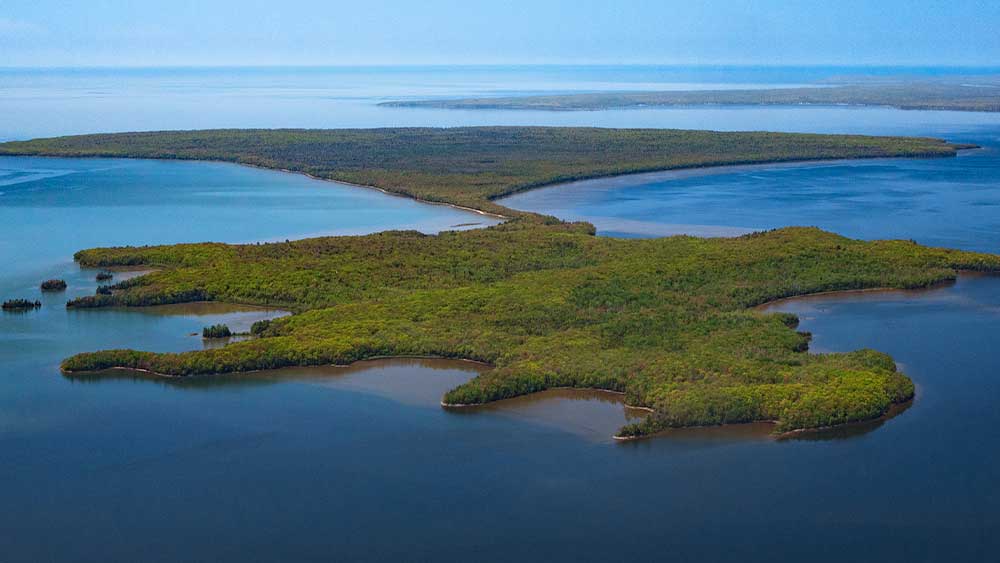Coast to coast
People power
Conservation Volunteers are fuelling restoration efforts coast to coast (page 4). Take a look at other restoration projects NCC has undertaken across the country.
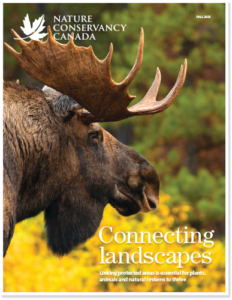
Coast to coast
Conservation Volunteers are fuelling restoration efforts coast to coast (page 4). Take a look at other restoration projects NCC has undertaken across the country.
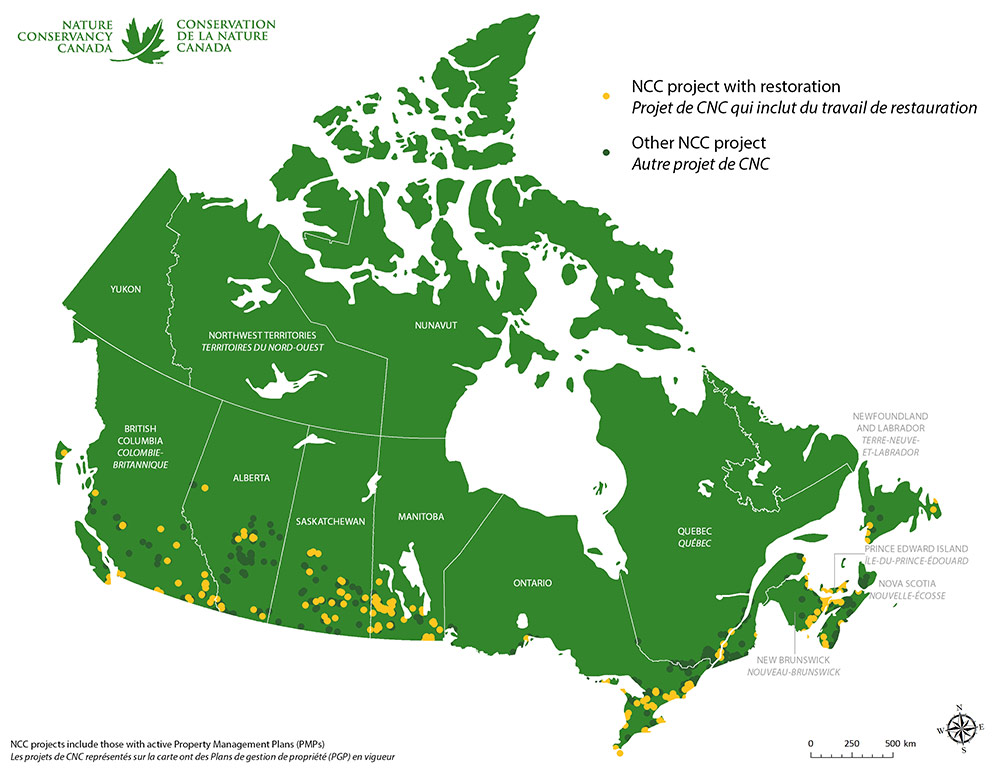
Restoring an area full of invasive knapweed at Hazel Bird Nature Reserve, ON.
Schultz property, ON.
A meadow restored to tall grass prairie habitat on the Van Hove property, ON.
Restoration on the Webber property, ON
Backpack Essentials
Evan Howells, 16, one of this year’s Nature Inspiration Award youth finalists, is grateful to be growing up in the Yukon, surrounded by nature (page 7). He’s also passionate about bees; learn more about why.
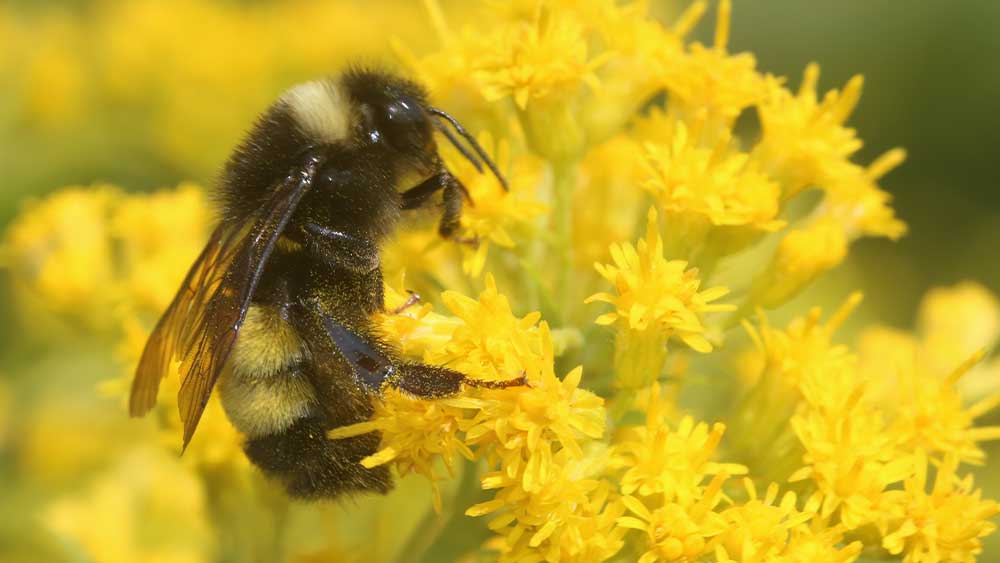
There are over 900 native species of bees in Canada, 44 of which are bumble bees. The Yukon is home to 28 species of bumble bees, over half of Canada’s native bumble bee species. More than one-quarter of North American bumble bees are facing some degree of extinction risk, and four of those species live in the Yukon. Threats to native bumble bees include disease, pesticides, competition with non-native honey bees and bumble bees for pollen and nectar, climate change and habitat loss. Given this wide range of threats, knowing their foraging patterns can influence future landscaping practices for their benefit. By studying native bees in the Yukon and taking active measures to protect them, they will continue to thrive in the North. Check out the Activity Corner section of the spring 2023 issue of the Nature Conservancy of Canada Magazine for tips on how you can help support native bees in your garden.
Feature story
Collaboration between conservationists is helping create meaningful outcomes in habitat preservation, education and research (page 8). Learn more about the Kenauk Institute and catch a glimpse of King Kong, the Kenauk Nature Reserve’s resident bull moose.
King Kong, the eight-and-a-half-year-old bull moose of Kenauk, caught on a remote camera.
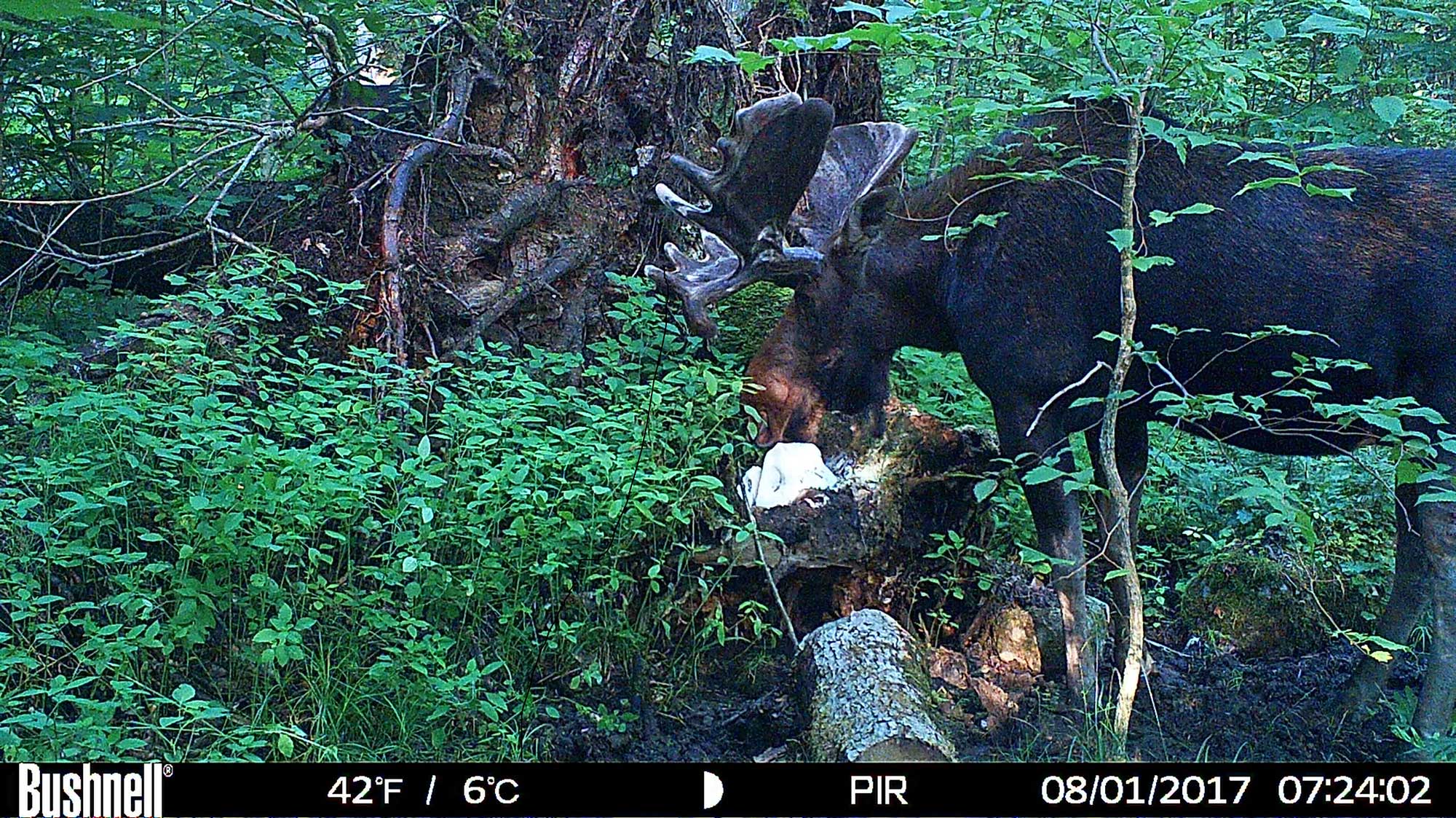
Species profile
This threatened species, once found in both Ontario and Quebec, is now only seen in southern Ontario (page 12). Learn more about Weston Family Conservation Science Fellow Amy Wiedenfeld’s spotted wintergreen research.
Force for Nature
Empowering students with the skills, experience and community they need to become tomorrow’s leaders in applied conservation science (page 14). Watch this video to learn more about The Weston Family Conservation Science Fellowship Program.
Your Voices
Ewa Dorynek Scheer has been an NCC donor since 2015 (page 16). Watch this video of Ewa, who speaks about her motivations for donating land to NCC, as well as representatives from NCC, Au Diable Vert and Les Sentiers de l’Estrie who led the project together:
Project updates
The future of Lake Superior’s largest privately owned island is now ensured (page 17). CBC’s Up North with Jonathan Pinto spoke to NCC’s Kaitlin Richardson to learn more about the purchase of Batchewana Island.
